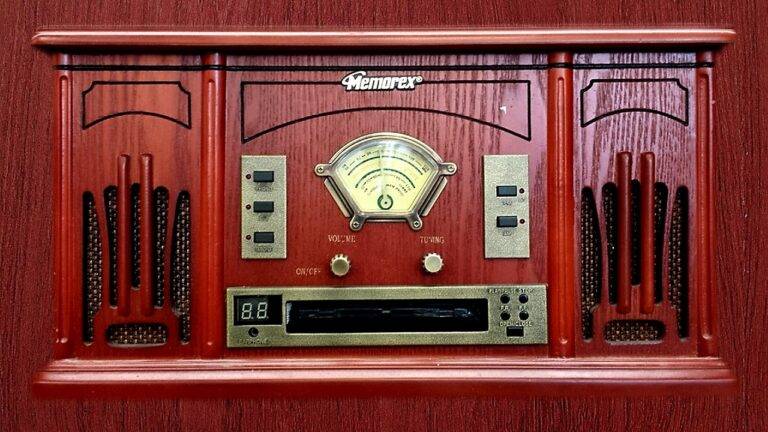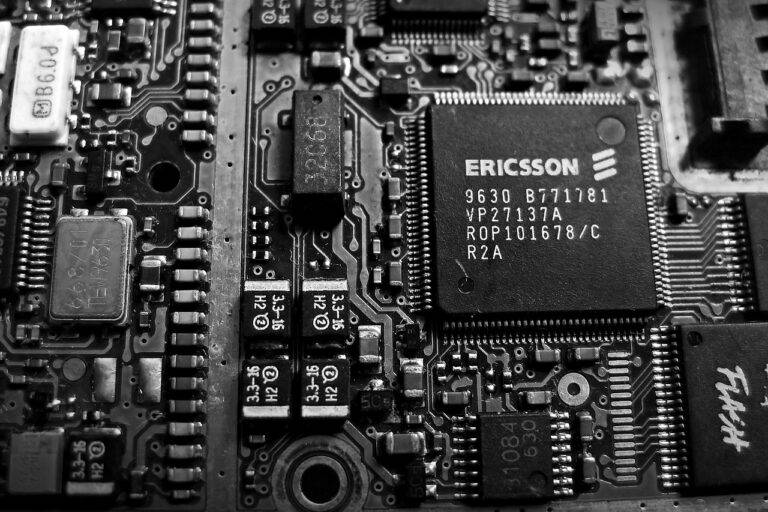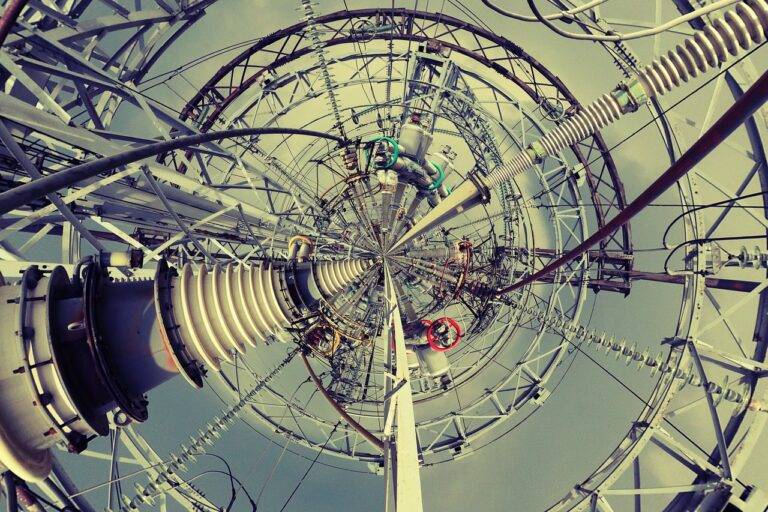The Intersection of Tech and Art: Digital Art and NFTs
Digital art refers to any artistic creation that is produced using digital technology. This can include various forms such as digital paintings, drawings, animations, and interactive installations. Unlike traditional art forms, digital art exists in a virtual space and is often created using software and electronic devices.
On the other hand, NFTs, or non-fungible tokens, are a type of digital asset that represent ownership or proof of authenticity of a unique item or piece of content, such as digital art. NFTs use blockchain technology to provide a secure way of verifying ownership and ensuring the scarcity of a digital asset. This has opened up new possibilities for artists to monetize their digital creations and for collectors to invest in unique digital works.
History of Digital Art and NFTs
The evolution of digital art can be traced back to the 1960s with the emergence of computer-generated artworks using rudimentary technology. Artists like Frieder Nake and Vera Molnar experimented with algorithmic art, laying the groundwork for the intersection of art and technology. As computers advanced, so did the possibilities for digital art, leading to the creation of diverse forms such as digital paintings, interactive installations, and generative art.
In recent years, the art world has witnessed the rise of Non-Fungible Tokens (NFTs) as a revolutionary development in the digital art realm. NFTs are unique digital assets that exist on the blockchain, providing proof of ownership and authenticity for digital artworks. This innovation has brought new opportunities for artists to monetize their digital creations and has challenged traditional notions of ownership and value in the art market.
What is digital art?
Digital art is an art form that involves creating or manipulating images, videos, or audio using digital technology such as computers, software, and digital tools.
What are NFTs?
NFTs, or non-fungible tokens, are digital assets that represent ownership of unique items or pieces of content, such as digital art, music, videos, or collectibles, using blockchain technology.
When did digital art begin?
Digital art has roots in the 1950s when artists began experimenting with computers to create art. However, it gained popularity in the 1990s with the rise of digital tools and software.
How has digital art evolved over the years?
Digital art has evolved from simple computer-generated graphics to complex multimedia installations, interactive art, and virtual reality experiences, pushing the boundaries of traditional art forms.
When did NFTs become popular?
NFTs gained mainstream attention in 2021 when digital artworks started selling for millions of dollars at online auctions, sparking a debate on the future of art ownership and digital assets.
What is the significance of NFTs for digital artists?
NFTs offer digital artists a new way to monetize their work, establish ownership rights, and connect directly with collectors and fans in a decentralized and transparent marketplace.





